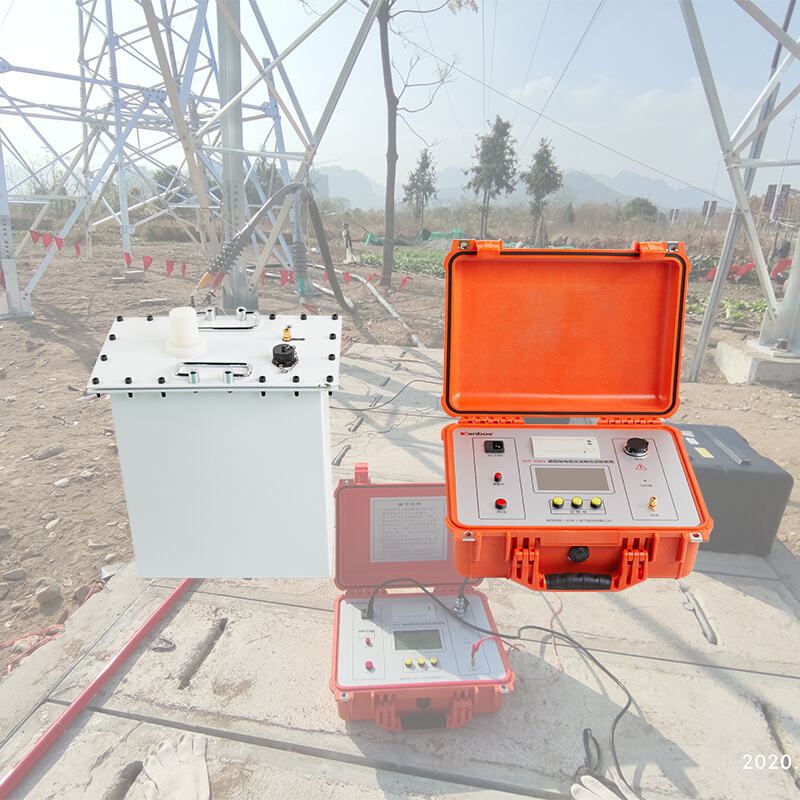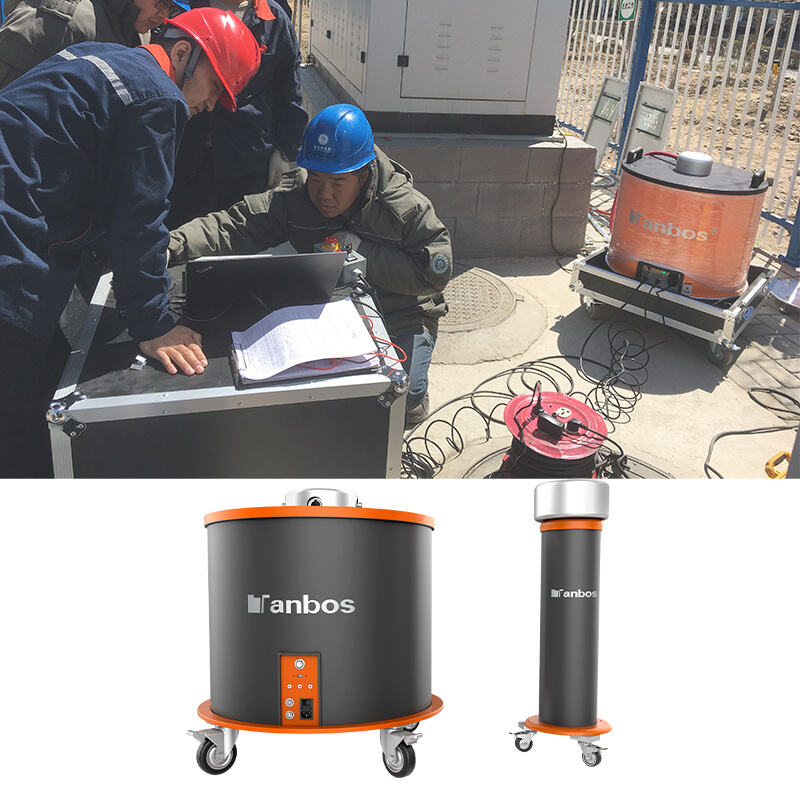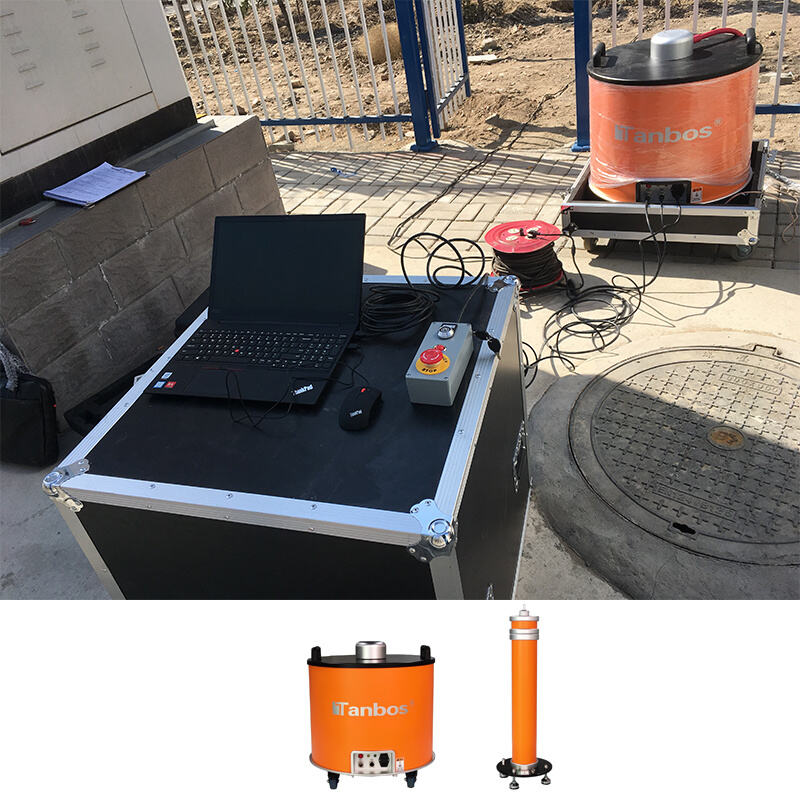 EN
EN
 EN
EN
Hipot VLF testing is the method used to check the insulation of cables that conduct electricity. This is very crucial so you can ensure that the cables are safe to use and will not give you some troubles. The hipot VLF test pushes a high voltage through the cable to determine if the insulation can stand the pressure. If insulation is good, the test will pass. If not, there’s an issue with the cable that requires addressing.
The testing of cable insulation again greatly benefits from the Hipot VLF technology, as it not only can detect a problem that other tests might miss, but also puts a strong voltage signal through the cable to demonstrate whether there are weak spots or damages in the insulation. This technology is also highly accurate, so it helps us know how well the cable is performing.

There are several advantages to using VLF hipot technology in high voltage testing. One big advantage is that it can pick up problems in the insulation that other tests might not detect. That goes a long way toward preventing accidents and ensuring people’s safety. Another advantage is that performing Tanbos hipot cable testing is relatively fast and easy, so it won’t cause undue strain on resources or personnel.

Safety is everything with hipot VLF equipment. High voltage signals employed in the tests may be hazardous if not handled with care. And, as an aside, remember to read instructions and to use tools as they were meant to be used. It’s also important to use the proper protective gear, such as gloves and goggles, to protect yourself while performing the test with Tanbos hipot tester.

Hipot VLF Hipot VLF testing is employed in many applications in the electrical industry. One popular application is to test the cables that conduct electricity in buildings or power lines. This test can identify issues with the insulation before they become worse. Tanbos best hipot tester can also verify other electrical equipment, such as transformers or generators are working properly.